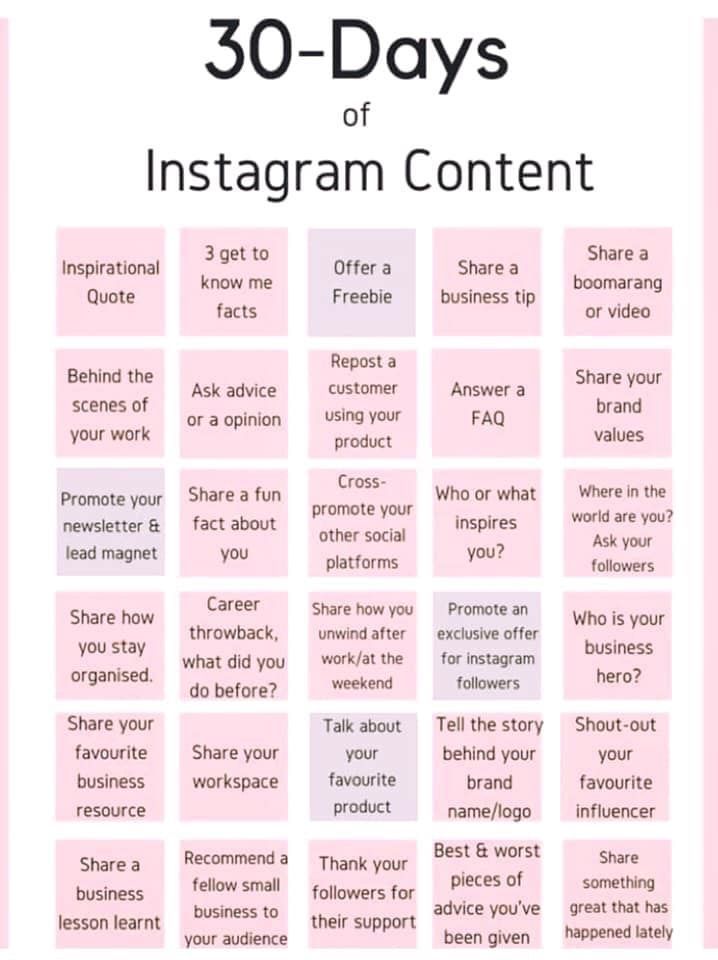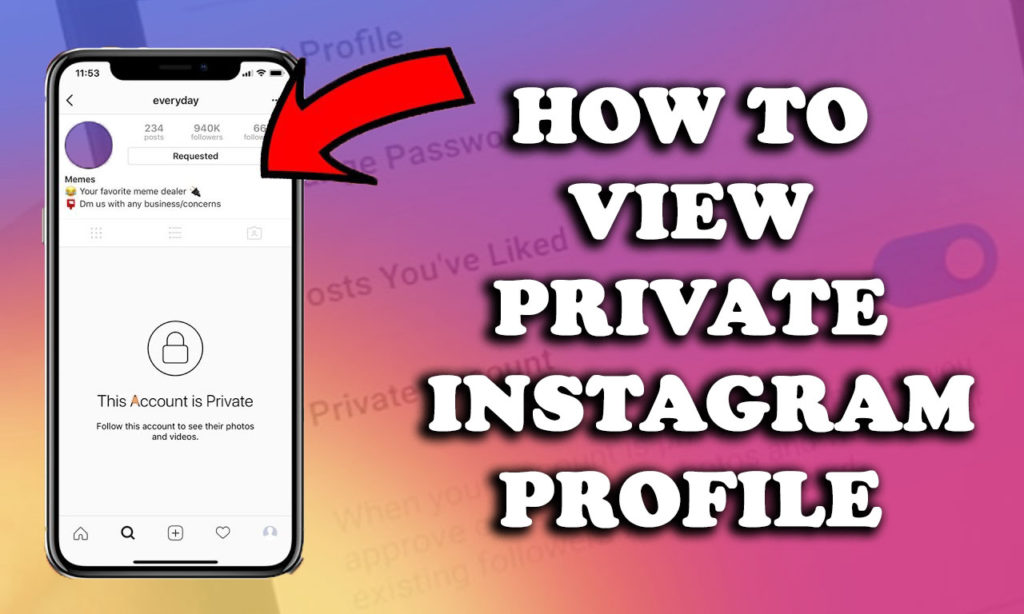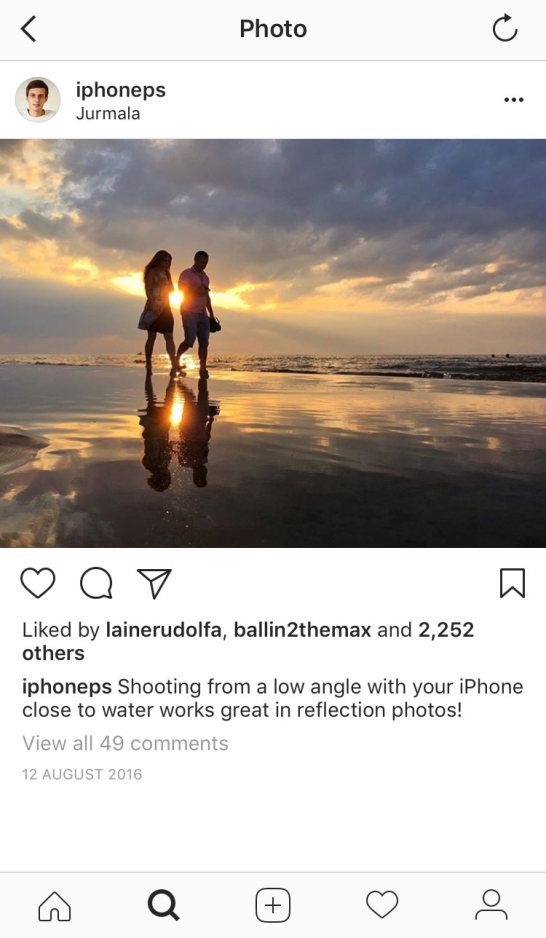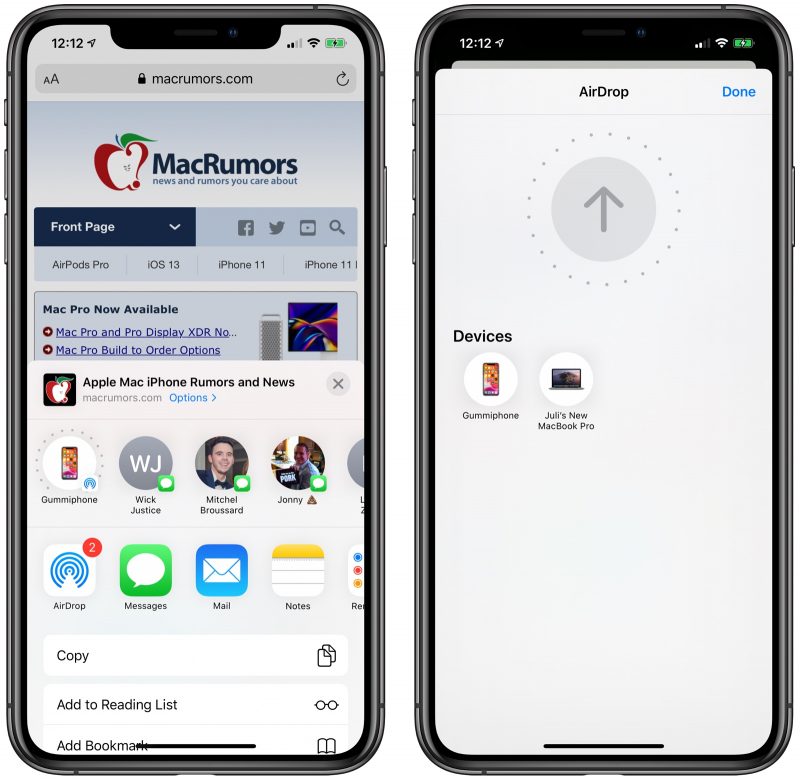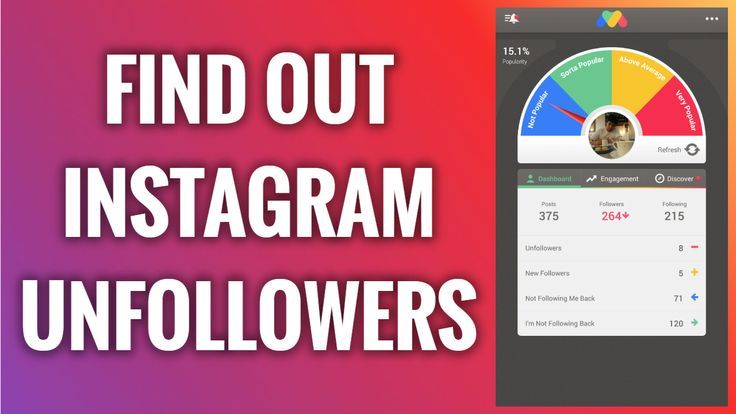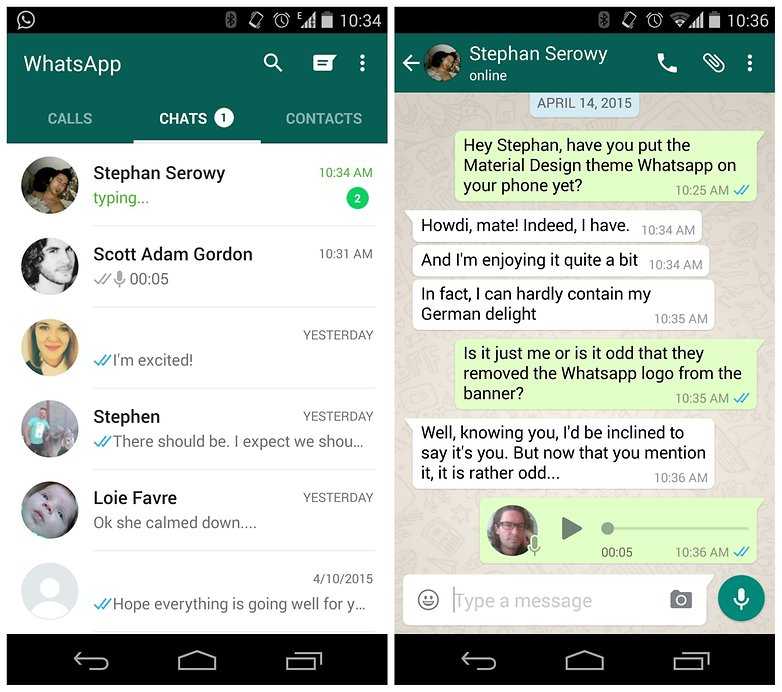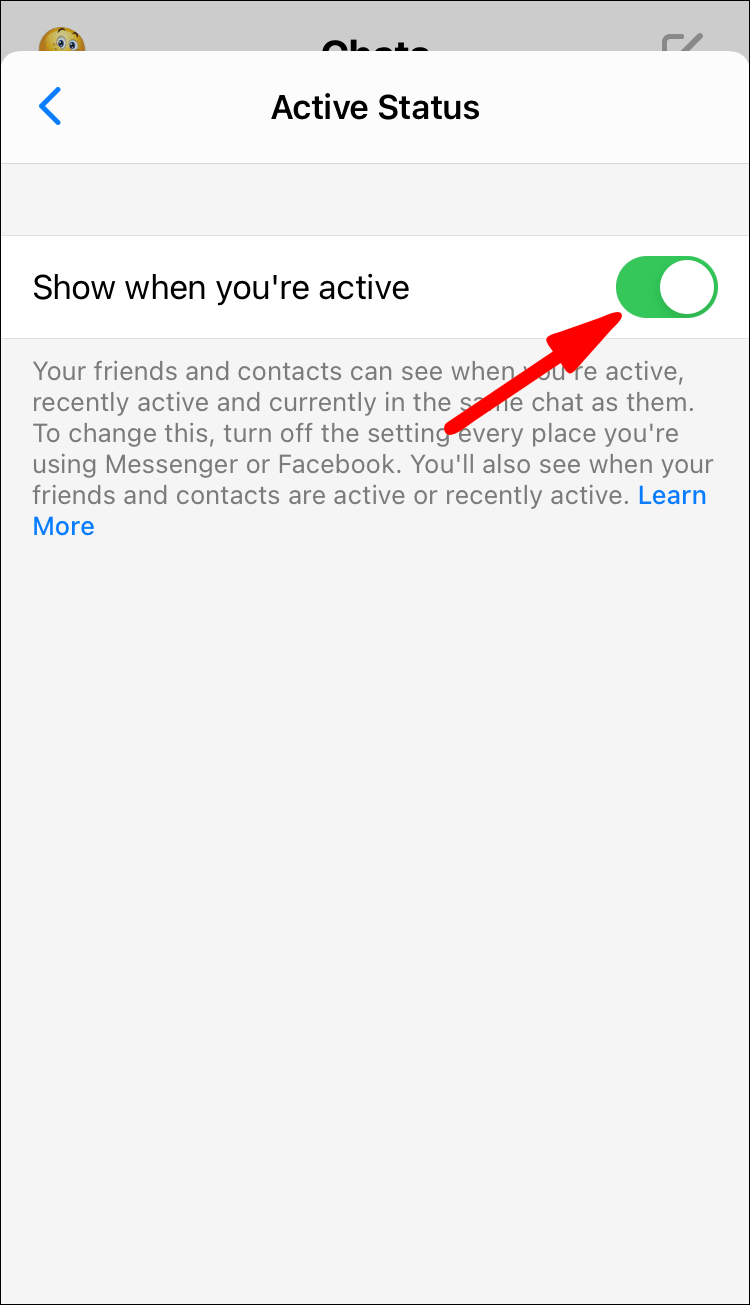How to spot fake instagram likes
Five ways to spot fake engagement on Instagram — Digital Drum
Late last year, Unilever’s Chief Marketing Officer, Keith Weed, blasted the influencer marketing industry for its lack of transparency and abundance of fake followers and engagement.
The marketing world has now begun to assess whether or not their own social media influencers are as honest about their audience as they initially thought they were.
No doubt fake followers and engagement is one of the hottest topics in influencer marketing right now, but where are all the good resources on how to spot any misconduct?
Sure, there are influencer marketing platforms that claim to be able to tell you the authenticity of someone’s following, but how accurate do you think that is? With Facebook continuing to restrict its API access for third-party sites, many of these platforms are not actually able to get accurate data. Many of them rely on pulling data from an influencer’s Twitter channel instead — which is a totally different platform!
When you boil it down, you are your most trusted source for the truth. Learn how to spot fake followers and engagement yourself and you won’t need to rely on third-party sites when you have no idea where they’re pulling data from, or how accurate their reports are.
I’ve analysed literally thousands of accounts, so I’ve become an expert at knowing how to spot fake followers and engagement. In this article, I’ll teach you how to detect it yourself.
#1 - There’s consistent engagementSo am I telling you an influencer getting consistent engagement can be a bad thing?
Yes, I am.
Start by opening up an influencer’s page on your desktop. Hover your mouse over the first 15 to 20 posts and get a feel for what their ‘Likes’ and comments average out at.
Now here’s the test — how much does the engagement vary? Does the variance make sense? As in, do the photos or videos that look like they would engage more, actually engage more?
Full-body photos, high resolution, bright selfies, photos with dogs or babies… all these earn more likes and comments on social media. Images of only products, promotional posts, or low quality, dark photos all attract less engagement on social media. It’s a fact. Besides, Instagram’s algorithm favours high quality, bright images, and thus pushes them up the timeline — earning even more engagement.
Images of only products, promotional posts, or low quality, dark photos all attract less engagement on social media. It’s a fact. Besides, Instagram’s algorithm favours high quality, bright images, and thus pushes them up the timeline — earning even more engagement.
When an influencer’s engagement (‘likes’ especially) doesn’t vary much, they could be paying for likes and splitting them amongst their posts. If you see that the majority of their posts are average between let’s say, 2,500 and 3,200 likes, with really nothing outside of the average range, they’re paying for likes on their posts.
Engagement should vary based on how engaging a post is. Yes, that seems like common sense and it is, but you should be comparing engagement on high quality posts with engagement on low quality posts, and you should be seeing a major difference.
This is a good start to your analysis on fake followers and engagement, but smart influencers will purchase more likes for posts they know would engage more. Let’s move on…
Let’s move on…
This is a big one, especially in the fashion industry. One of the reasons my agency tries to stay away from working with fashion brands, is because of the type of influencers available to work with in this niche.
It’s nothing personal, but the fashion influencers are notorious for Instagram podding.
What’s ‘Instagram podding,’ you ask? It’s when a group of up to 32 influencers take part in a single Direct Message (DM) group on Instagram. When one of them posts, they send it to the group via DM, and then everyone in the group will like and comment on the post. Often these influencers are in several different Instagram ‘pods’, quickly earning dozens of comments on their posts.
To make matters worse, because these comments are not coming from bots, they’re able to write buying-related comments —-on the posts like “OMG need this!”, “where did you get this?” or “thanks, just put in my order!”
Another brand then comes along and checks out the influencer’s page to see what sort of engagement they get on their sponsored posts. They click one and see that there are a ton of people engaging about the product, some even saying they’ve purchased it — great, that’s awesome! … Except, not so fast.
They click one and see that there are a ton of people engaging about the product, some even saying they’ve purchased it — great, that’s awesome! … Except, not so fast.
What you should do in this situation, is open up the accounts who are writing buying comments and see if they’re also influencers. Unfortunately, chances are they are.
The sad reality is that sponsored posts often earn less engagement, but they don’t have to. It takes an expert to create sponsored post content that actually earns above average engagement.
Avoid working with influencers who are heavy into Instagram podding. It’s a genuinely easy one to spot, so make sure you investigate this before contacting any influencer you wish to represent your brand.
#3 - You spot lots of ‘spammy’ commentsOn the back of the previous section, we’re now going to look for those generic comments that are actually bots.
Yes, bots are smart enough to ‘comment’ on an influencer’s post. They’re sometimes set up to comment on things that actually have something to do with what’s going on in the image.
They’re sometimes set up to comment on things that actually have something to do with what’s going on in the image.
For example, if an influencer is wearing sunglasses in their post, you may see comments like “nice sunnies!”, “OMG your sunglasses ❤” or “where did you get your sunglasses?”
To the unsuspecting viewer, this may seem like buying engagement. Again, click on these accounts and assess whether or not they look like real people.
Surprise! Some bot accounts actually look like real people - although they’re often just accounts with random photos that were added all within a short period of time.
For example, an account @anakte1024 might have 18 posts, all photos pulled from National Geographic. This is a fake account.
More commonly, these fake comments will look like spam. They’ll be generic comments like “Love this”, “Beautiful!”, “Love this look”, etc.
Real, quality engagement is much more conversational.
Before contacting an influencer to represent your brand, make sure you do your due diligence.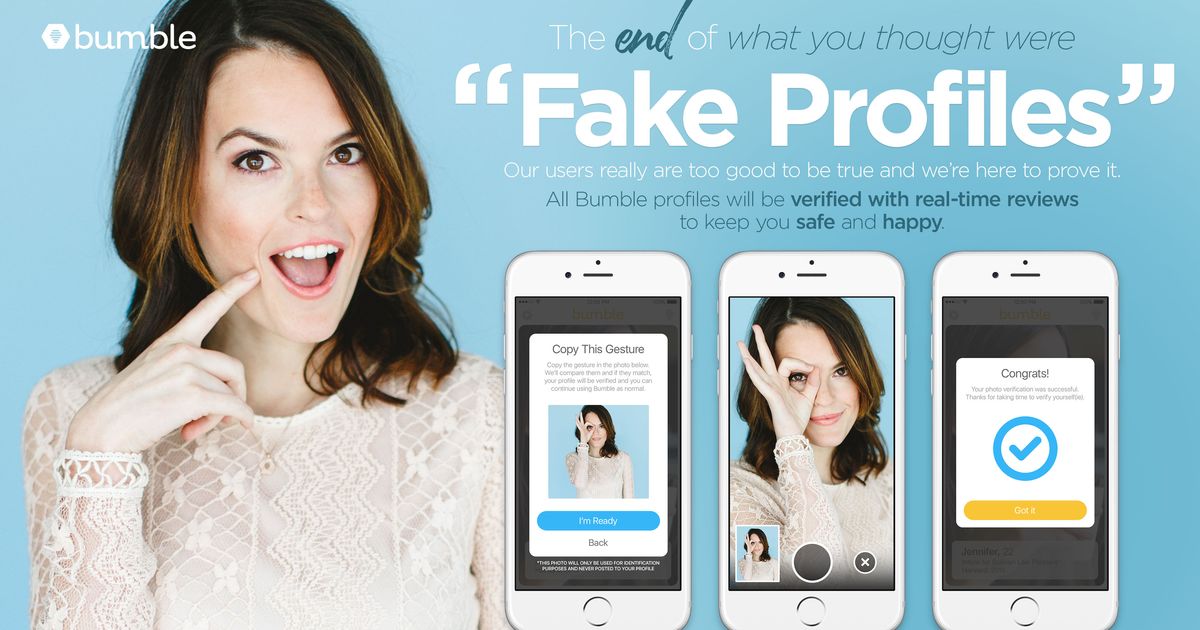 Check out their latest 10 posts and ensure that the engagement they are getting is from real people.
Check out their latest 10 posts and ensure that the engagement they are getting is from real people.
Wait. First I’m saying that consistent engagement can be a sign of fake followers and engagement, now I’m telling you that inconsistent engagement levels can also be a sign of fake followers? Yes, in fact I am.
This is why experience trumps any form of analytical software. Know what you’re looking for, depend on yourself, and trust your gut instincts.
There should be outliers (remember, the product only posts, flat lays, etc), but influencers should have a consistent ratio of likes vs. comments for the most part. Shoot for average, or above average engagement rates. You can use an engagement rate calculator like the one MightyScout offers for free.
Buying bot comments costs more than buying bot likes. Some influencers will choose to save their money by not buying comments.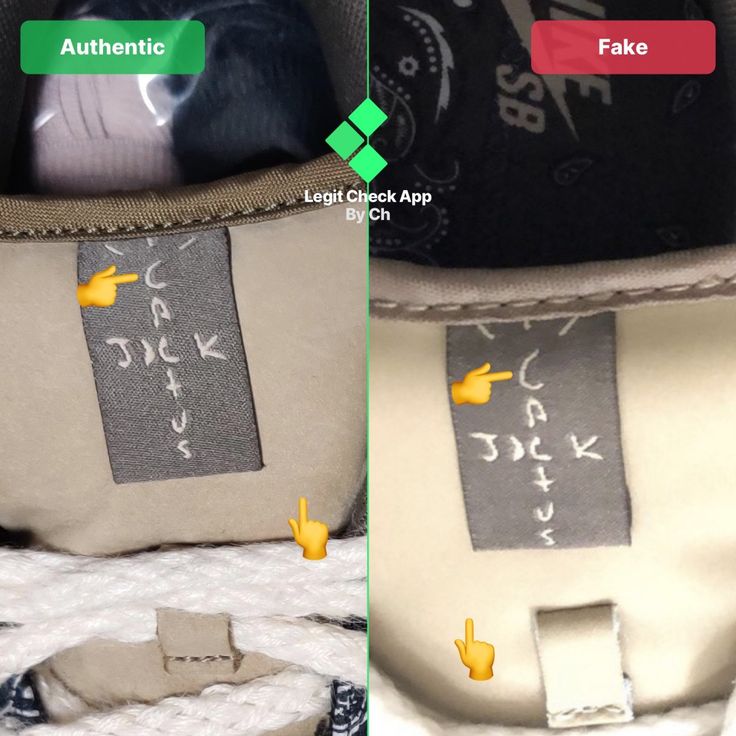
In this case, you’ll see an influencer with a healthy level of likes, but relatively no comments. So, if an influencer has 50,000 followers, they should be getting 1,500–3,000 likes and 20–40 comments. This isn’t gospel, but it’s a good rule of thumb.
When an influencer is getting thousands of likes, but nobody is commenting — this is a red flag for a few reasons. Either their content isn’t very engaging (which is bad for your brand), or they’re buying likes - but not comments.
Avoid these influencers. You want to only work with those that have real and healthy engagement from people who are interested in the content that influencer shares.
The other thing you should be looking for is video views. It’s difficult for bots to get counted within video views on a post, so check out the number of views an influencer’s video gets. If the influencer with 50,000 followers only gets a few hundred video views, they either have an uninterested audience, fake followers, or both. An influencer of this level should be getting at least a few thousands views and should vary from one video to another.
An influencer of this level should be getting at least a few thousands views and should vary from one video to another.
Here’s one of the easiest methods to spot bought followers. Search an influencer’s handle on Socialblade, which is a tool that lets you see an influencer’s growth rate for followers, following and number of posts.
It puts all the information in chart form, so you’re able to see how much an influencer has grown over time. If an influencer buys followers, they’ll more often than not have it all delivered in a day or two. You may see they’re slowing growing by a dozen or more followers a day, and then all of a sudden, they jump 5,000 in a single day.
If you see this, you don’t want to assume automatically that they were bought followers. Start by Googling the influencer’s name to see if they were in the media for anything that would have caused them to grow rapidly. We’ve seen it before where an influencer had stagnant growth, then suddenly grew by thousands and it was because of going viral for something. This does happen, albeit quite infrequently.
This does happen, albeit quite infrequently.
Let’s say you find nothing in the media, do you now assume that they have bought followers? No.
Influencers will sometimes get shoutouts from other pages with large audiences, which is fine. Start by looking down their own Instagram feed and find the days leading up to when they experienced the sudden spike. Are there any posts that stand out as a reason for the growth? Or is the engagement steady during that period of time? If it is, chances are they did in fact buy followers.
The last check we recommend is looking at an influencer’s tagged posts by tapping the icon on the far right of their feed, were they tagged in a post from a big page?
When an influencer genuinely does have a surge of new followers, it’ll happen over the course of a few days — not one single day. So check Socialblade again, and see if it was one single 24 hour period, or continued growth before tapering down.
So if they weren’t in the media and didn’t get tagged in a post from a significant ‘shout-out’ page on that date, they’re likely guilty. In this case, avoid the influencer like the plague.
In this case, avoid the influencer like the plague.
Whilst no single one of these tactics can be a true tell-tale sign of fake engagement, in combination, they’ll give you a really good indication of what’s going on. You should perform all of these tests when deciding whether or not to contact an influencer to work with your brand.
Unfortunately, fake followers and engagement are far more prevalent than marketers realise. Although, we anticipate social media channels like Facebook and Instagram will get better at minimising this, and may even put more of their own measures in place to prevent it from happening.
Don’t let a few bad apples stop you from using influencer marketing to promote your brand. Influencer marketing is by far the most cost-effective, impactful online marketing method out there. According to an article by Inc., influencer marketing delivers 11 x higher ROI than all other forms of digital media.
Combine that with the fact the industry grew to $1. 2 billion in 2017, and then to an anticipated $1.8 billion in 2018 - with a growth of 550% expected by 2021.
2 billion in 2017, and then to an anticipated $1.8 billion in 2018 - with a growth of 550% expected by 2021.
There’s never a better time to get into the space if you’re not already. Marketers who are already using influencers are increasing budgets and appointing more resources to this form of marketing.
=====
How to Check for Fake Followers and Likes on Instagram
Even though technology allows us to do our own research on people or Influencers before partnering with them, there are still many documented cases of brands choosing to partner with accounts that have fake influencers and losing significant ROI.
Why You Should Check for Fake Followers and Likes on Instagram
Influencer marketing is a lucrative opportunity, but any marketing professional needs to audit their potential talent, and their audience, before moving forward. To help you make a smarter investment on influencer marketing, here are a few key ways for making sure your influencers’ followers and likes aren’t fake on Instagram.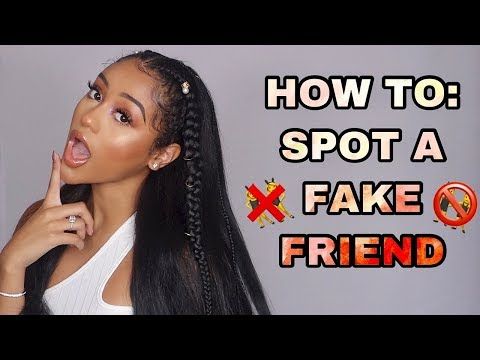
Before we look into the specifics, it’s worth noting that there are a few things that even mega-influencers and celebrities suffer from.
Buying and selling fake influencers and likes is unfortunately a common practice, and this means that some fake pages may inevitably follow other influencers’ accounts. A few fake accounts isn’t necessarily a red flag, but we’ll get into more of the specifics of how to measure your influencers’ ROI below.
Step 1: Perform a Simple Instagram Audit
To get started, first start by seeing if your influencer has additional social media presence: TikTok, Twitter, YouTube, etc. If the content on these platforms appears similar to what you’re noticing on Instagram, chances are you’re in the clear. Check their website/blog as well, to make sure that the Instagram that you are working with is the one they are promoting on their website.
Second, dive into the comments on the influencer’s posts.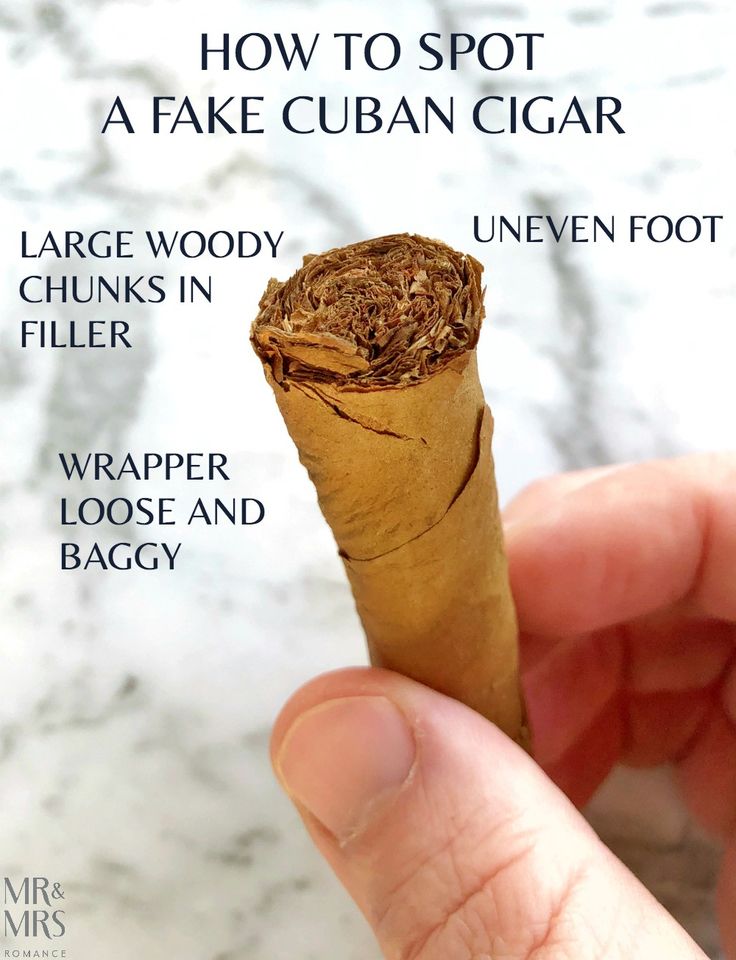 If you’re seeing a lot of spam messages, duplicative comments, comments in other languages, or simple emoji comments, chances are you’re up against an influencer who has paid for followers and/or engagements. Additionally, take a quick peek at the profiles of some of their commentators; if these appear to be iffy accounts, this is another red flag.
If you’re seeing a lot of spam messages, duplicative comments, comments in other languages, or simple emoji comments, chances are you’re up against an influencer who has paid for followers and/or engagements. Additionally, take a quick peek at the profiles of some of their commentators; if these appear to be iffy accounts, this is another red flag.
A typical influencer with a real audience and a high engagement rate will always have comments which add conversation to the original post, or may possibly include comments from Instagram-verified or authentic accounts.
Third, look into the followers as well. Are you seeing accounts with empty profile photos? Then, there may be something fishy going on. Additionally, if a large majority of their followers are from other countries, especially those that don’t speak the same language as your Influencer, this is certainly something that should cause you to pause and investigate further.
It’s not a hard-and-fast rule, as every social platform is prone to spam accounts, the last thing you want is barren or copied profiles (think: non-purchasing) engaging with your influencer’s content.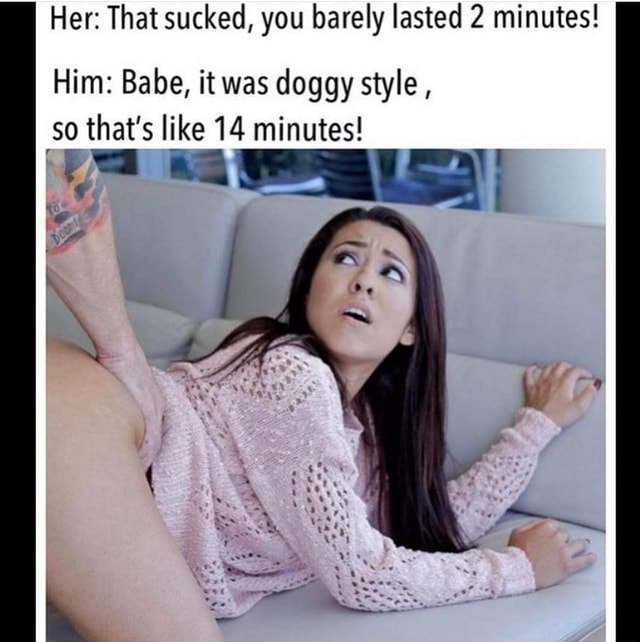
Step 2: Analyze Instagram Metrics
Instagram story metrics aren’t public-facing, so an influencer with fake followers will likely have low story views relative to what is displayed on their profile. In these instances, it’s always best practice to ask for a few screenshots of their most recent stories. These numbers are much more difficult to fabricate, and you will have facts and figures to work with in order to calculate the engagement rate on their feed versus their stories. If an influencer won’t provide you with this information, it’s likely a red flag.
Additionally, look at their rate of posting. If they have a dedicated audience, it’s likely that they will have a dedicated posting schedule. All influencers have different rates of posting, but they are always active, and seldom take months at a time away from social media. If you find an influencer who has posted six months’ worth of content in two months, and then no activity for four months, you’re likely looking at a fake influencer account.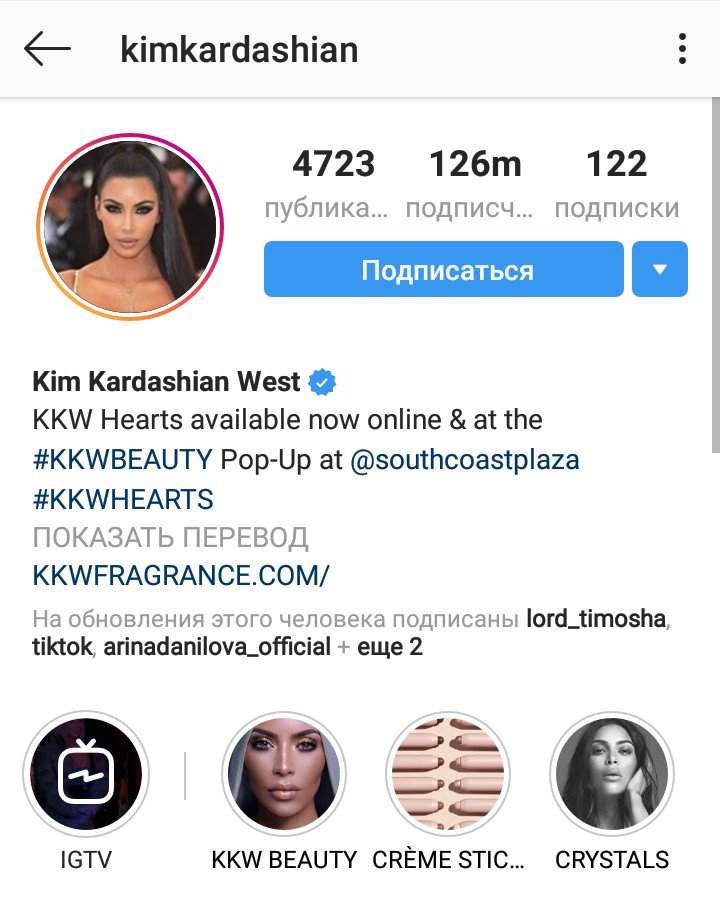
As you’re browsing through their posts, take a look at their engagement metrics. More specifically, look at their sponsored posts or ads. Most influencers have an intimate understanding of their audiences, and won’t spam them with unnecessary content or products that don’t mesh with their brand. Influencers are very community-oriented, and if the influencer you’ve identified has done many posts which showcase that they simply don’t care about their community, you might be working with someone who has fake followers.
Step 3: Use Instagram Review Tools
There are many free Instagram follower and like audit tools in order to help you understand your influencers’ followers base. There are automated tools which can perform audits for you, and tools which provide you with information in order to conduct your own analysis.
For example, Upfluence is a platform made for managing influencer-marketing. As such, you can find creators, speak with influencers, and manage affiliate networks all within the platform. They offer free tools for analyzing your influencers’ performance as well.
They offer free tools for analyzing your influencers’ performance as well.
Many of these tools use technology to flag data that seems off, but they still require a human touch to dig into the Influencer, their channel and audience. Let’s take a look at some of the tools below.
It’s worth saying that if you’re an influencer and you’re reading this, you shouldn’t buy followers! These accounts are generally fake, bots, or uninterested people and don’t provide ultimate value to brands. By purchasing accounts, you get nothing other than a vanity metric in return. Most of these accounts can’t buy products, or won’t help you with your clients’ conversions. Moreover, these accounts eventually unfollow or are removed from Instagram over time.
Instagram influencers and bloggers can elevate your brand, but only if they have an authentic and real following. While some influencers inflate their followers and engagement rate with fake followers and bots, there are many other influencers out there who can help you communicate your brand.

While there is no silver bullet to uncovering fake followers, these tips will help you understand if there is something odd happening, and flag to your team to do more investigation. Get the most out of your influencer marketing by following our tips to help you weed out fake influencers, and see better ROI on your marketing investments now.
How to spot fake Instagram likes
How to spot fake Instagram likes - IG Reviews Companies have not been
added to compare more
Back to content
Instagram is one of the most popular social networks right now and users love the benefits of the photo sharing platform. As Instagram grows, so does the competition on the platform. This increased competition makes it difficult for brands and marketers to expand their presence. Given that engagement is integral to Instagram's success, many users are turning to invasive measures such as fake Instagram likes to boost their presence. nine0004
While there are providers that offer a genuine way to increase your engagement on Instagram, there are scammers that provide substandard services that can only damage your reputation.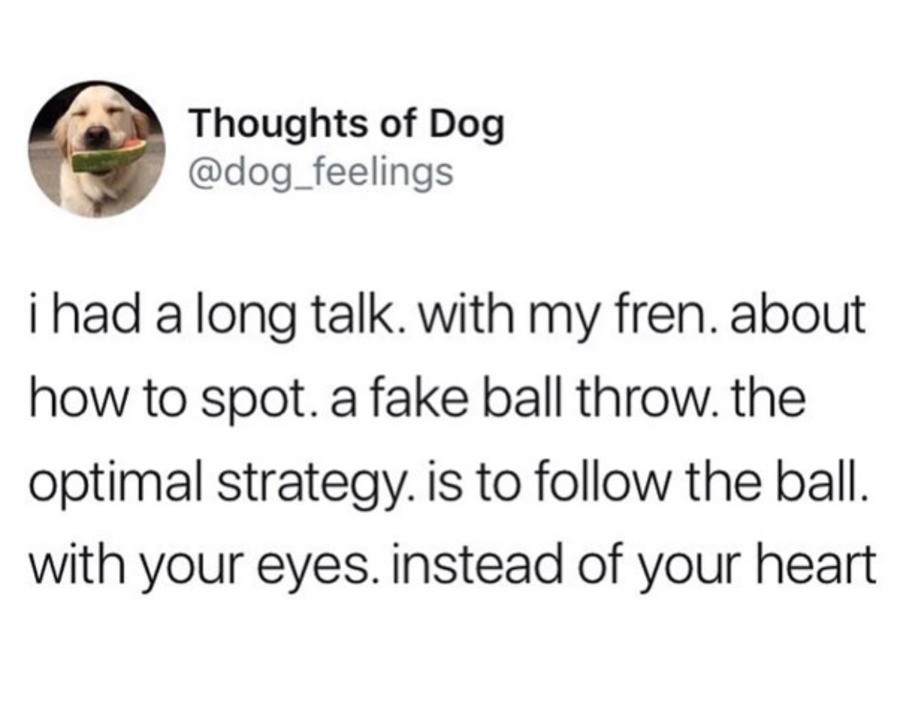 This guide will allow you to spot fake Instagram likes and make the right decisions.
This guide will allow you to spot fake Instagram likes and make the right decisions.
Sudden and significant influx of likes
Let's face it, no one gets 200,000 likes within the first 10 minutes of posting - unless you're a superstar like Justin Bieber. In truth, likes rarely come in the thousands within seconds of posting a photo, unless they're fake. To be one of those rare exceptions that have their own Instagram likes strategy to point enough to get a huge number of likes in seconds, you must have:
- Popularity based on social proof
- Unusual content
- Perfect Marketing Strategy
If you see mediocre looking content from a not-so-popular source getting thousands of likes almost instantly, that's a clear sign of fake likes. Instagram users are very picky about the content they like, so if a post that seems less than impressive becomes oddly popular, you have good reason to doubt the authenticity of this agreement. nine0004
Credit image: Whisper
It's important to note that public accounts don't control who likes their posts - anyone can buy likes for anyone. That's why you shouldn't be quick to judge if you see any suspicious account activity. If an account that used to get 50-100 likes suddenly gets 5,000-10,000 likes on their posts, chances are good that those likes are fake.
That's why you shouldn't be quick to judge if you see any suspicious account activity. If an account that used to get 50-100 likes suddenly gets 5,000-10,000 likes on their posts, chances are good that those likes are fake.
Membership and subscribers do not match
Engagement and followers must match on Instagram. When the two are disproportionate, there are two possible scenarios:
- When an account has a large number of followers but receives a low number of followers, that account may have acquired low quality followers.
- When an account has a small number of followers but receives a high commitment, that account may have acquired likes on Instagram.
Organically grown Instagram accounts can be easily identified by their natural profiles and healthy balance between followers and members. For example, let's look at this account:
Such an incredible experience to see the ancient temple of Queen Hatshepsut built deep in the mountains of Luxor, Egypt 🇪🇬 🇪🇬
Post shared by Louis Cole (@funforlouis) on
FunForLouis has over 1.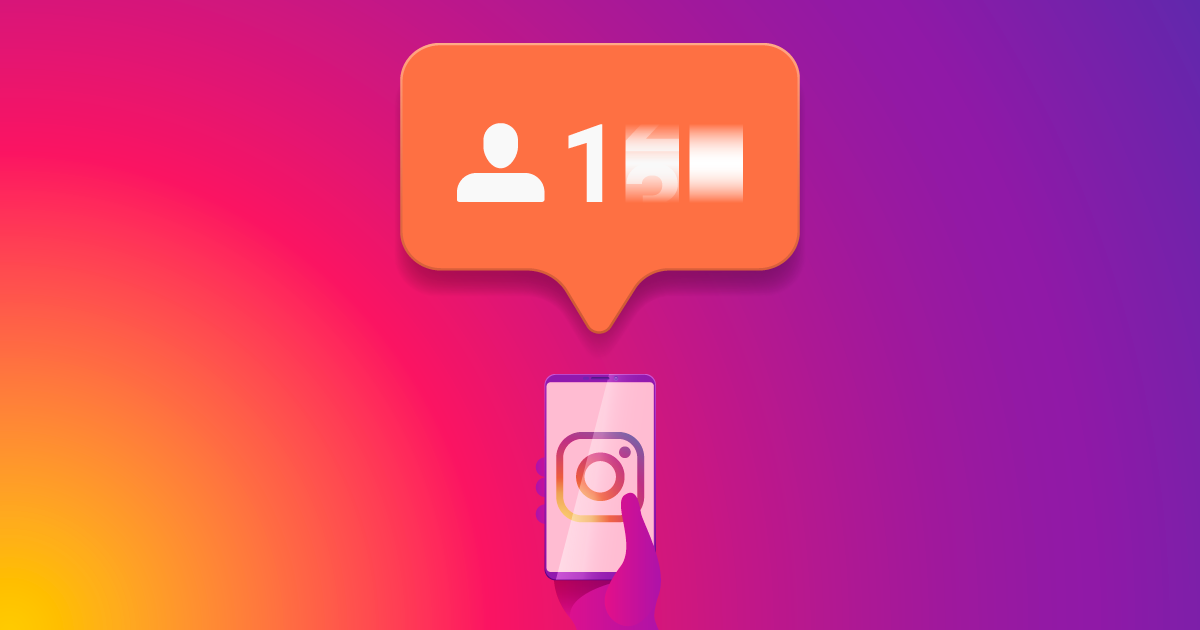 4 million followers on Instagram. Most of the engagement he gets from his posts ranges from 20k to 60k likes. This ratio between likes and followers is completely normal. But what if, instead of 20-60 thousand likes, FunForLouis gets only 500-1000 likes and 1.4 million subscribers? Wouldn't such an interaction be considered suspicious and unreliable? Always remember the gap between these two vital elements - followers and likes. There should be a decent level of correlation between them. nine0004
4 million followers on Instagram. Most of the engagement he gets from his posts ranges from 20k to 60k likes. This ratio between likes and followers is completely normal. But what if, instead of 20-60 thousand likes, FunForLouis gets only 500-1000 likes and 1.4 million subscribers? Wouldn't such an interaction be considered suspicious and unreliable? Always remember the gap between these two vital elements - followers and likes. There should be a decent level of correlation between them. nine0004
If you're planning on buying Instagram Likes to boost your social proof, consider spending a little more on buying other important social signals like Followers, Instagram Comments, and Video Views as well. This will make your efforts even more organic, strengthen your standing in the community, and increase the visibility of all your posts.
Anonymous Followers
You can recognize fake likes by knowing where they come from. A little detective work can go a long way here. Click on the Like button and it will give you a list of accounts that liked the post. If most of the users who liked the post have questionable profiles and don't have a profile picture, then they are most likely fake. nine0004
If most of the users who liked the post have questionable profiles and don't have a profile picture, then they are most likely fake. nine0004
Less reputable providers spawn thousands and thousands of fake suspicious accounts. They then use these accounts to send likes and comments to their customers. A user who actively likes other posts but neglects to set up their own account is a telltale sign.
This is the type of users who give likes that are sold for a cheap price. This does not mean that all purchased likes are of such poor quality. In fact, the quality of services varies depending on the provider. Quality providers offer quality services. Poor quality providers offer poor quality services - just like in any other industry. nine0004
There are hundreds of cheap providers, but they are also companies that sell high quality social signals at affordable prices. If you're trying to build your presence on a platform like Instagram, the only thing you need is quality likes. Poor quality suppliers can be quite risky, especially for brands and businesses.
Poor quality suppliers can be quite risky, especially for brands and businesses.
Few posts, tons of likes
If someone doesn't have many posts but manages to get a huge amount of likes, chances are they are using fake accounts to boost their popularity. Remember that Instagram users are very careful when it comes to the content they like. The content they like represents their style and who they are. This means that if a post is less relevant or just doesn't seem Insta-worthy but still manages to rack up thousands of likes, something doesn't quite add up. nine0004
Poor quality likes usually have little effect on your marketing campaign. They won't impress people checking your target audience and may even backfire if people notice they're fake. If you want to leverage marketing benefits and grow your Instagram account, you need quality likes from reputable providers.
InstaSpam
Cheap likes have an equally annoying partner in crime - spam comments.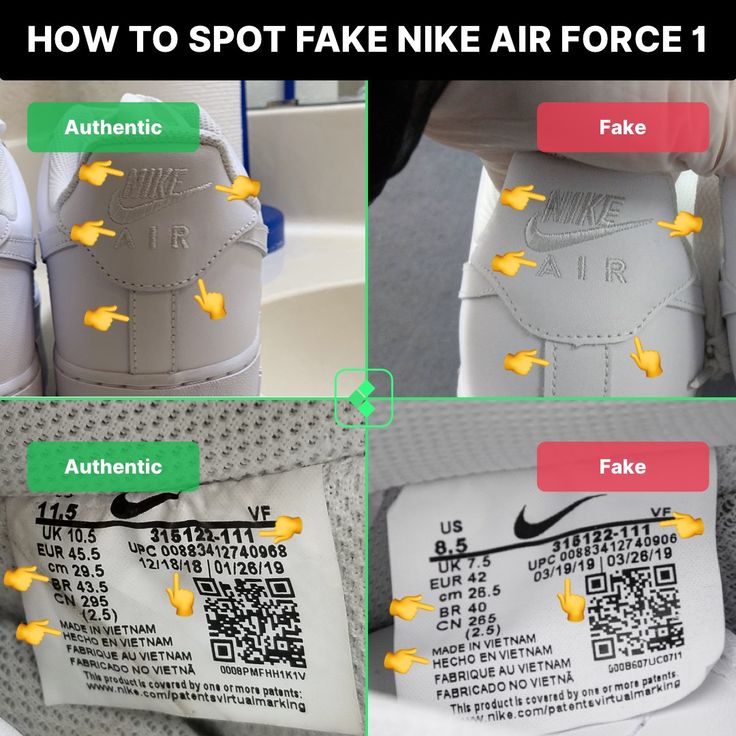 This is a cheap way to give the impression that a certain post has a massive engagement and is also sometimes a by-product of low-quality users that you can end up buying. nine0004
This is a cheap way to give the impression that a certain post has a massive engagement and is also sometimes a by-product of low-quality users that you can end up buying. nine0004
Spam comments are easy to spot:
- They have nothing to do with posts
- They tag multiple users at the same time
- They ask you to follow
Even a king gets spammers on his relatively clean account:
Switching to a cheaper provider can leave you with spam comments asking you to subscribe to posts like this or worse You even risk turning your account into a spammer hub because then they can target your real followers and spam them too. Your real followers will quickly realize that you are sending them a lot of crap and may unfollow you. nine0004
Buying cheap Instagram likes is a real problem
Buying likes is an effective way to grow your Instagram account without struggling too much with your organic growth. When choosing a supplier, don't let price be the only determining factor. There are many important variables when it comes to pricing for Instagram boost services, so be sure to choose wisely:
There are many important variables when it comes to pricing for Instagram boost services, so be sure to choose wisely:
- Customer Service Quality providers offer users several ways to communicate with customers. They respond quickly and offer solutions to any problems. Low quality providers offer sloppy customer service that is less than helpful. nine0018
- Guarantees: Quality service providers provide a no-drop warranty and have a decent return policy. Poor quality suppliers do not give such guarantees.
- Site quality : A sloppy site is never a good sign. Quality providers always try to leave a positive impression and have well-designed, user-friendly websites.
- Good reviews Quality providers usually have positive reviews from their former customers on their websites. Poor quality vendors do not offer such a feature. nine0018
If you're looking to buy Instagram to boost your campaign, be sure to check out our list of the best Instagram like providers. We're actually experimenting with these providers by testing their services to help you make an informed decision for your campaign.
We're actually experimenting with these providers by testing their services to help you make an informed decision for your campaign.
Date: December 28, 2016 / Categories: Buy Instagram Likes, Marketing, Providers, / Author: Mariko
December
28
2016
Mariko
Content
Contact Page, • Personal Information
Instagram Reviews © 2023 - All Rights Reserved. This site is in no way affiliated with Instagram.
Go to top
90,000 about fake activity. Read on Cossa.ru The cheating of any indicators in social networks (subscribers, likes, comments, reposts) is recognized as a fraudulent way of promotion. Some sites, for example, VKontakte and Instagram, officially declare this in the rules and impose sanctions for using cheats. There is no specific indication in the Facebook rules to ban cheats, however, the social network consistently cleans up fake accounts (bots, offers and fakes), which are used to generate fake activity.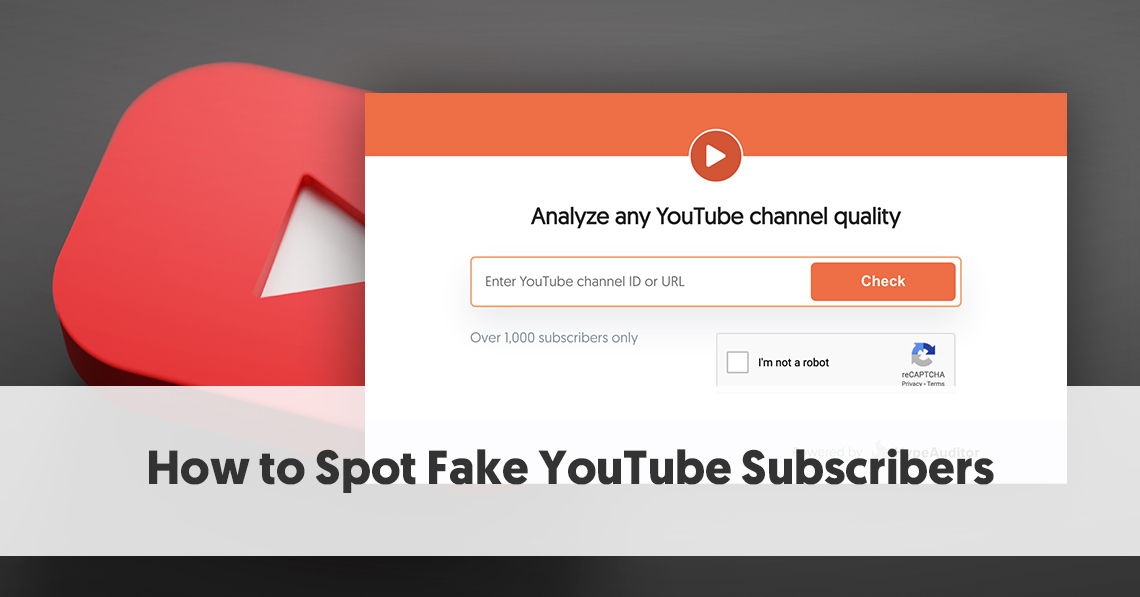 nine0004
nine0004
Why is cheating on social networks bad? How to recognize fake popularity? What can Instagram block for? Does Youtube get banned for cheating? While preparing this material, I asked both SMM specialists and bloggers to answer these questions.
How to recognize fake popularity
Accounts with inflated activity, like a portrait of Dorian Gray, create only an appearance - the illusion of a live blog - and all the nasty sins are hidden deep in the depths of statistics. nine0004
According to Olga Zakharova-Cayetano, creative director of the design and PR bureau AdLife Studio, the difference between a large number of subscribers in an account and the zero activity they create is easy to notice. There is, for example, such a jewelry blog @gemologue on Instagram. The number of subscribers is 134 thousand, they are joined by subscribers of a stand-alone blog, a channel on YouTube, and other social networks - in total, the involved audience of the satellite is about 500 thousand people. According to its owner. nine0004
According to its owner. nine0004
Content is first class. The account looks perfect. There is a commercial demand among respected jewelry brands. Next, we look at the numbers. On Facebook, the maximum number of likes under a post is 12. And not a single comment. The video on YouTube has 120 views in 3 months. But the main thing - on the key platform in Instagram - we see posts that could not get even 200 likes. A micro-influencer with an audience of 3,000-5,000 subscribers can give similar results. nine0004
Why cheating in social networks is bad
When you pay for cheated indicators in social networks, you are buying just numbers. “Purchased subscribers are most often bots from different countries who are not interested in your page, product and blog concept as a whole,” explains Natalia Kuzmina, founder and CEO of the Telller communication agency.
Often, however, cheats themselves seem to bloggers to be a logical - and affordable - way out of situations where there is no good content, no strategy, no consistency, coverage is cut due to giveaways, or there is simply no patience to honestly develop a new page on the next social network. At the same time, in pursuit of fake likes, the connection with real statistics is lost, which helps to determine what is interesting to subscribers and what is not. nine0004
At the same time, in pursuit of fake likes, the connection with real statistics is lost, which helps to determine what is interesting to subscribers and what is not. nine0004
Meanwhile, businesses are increasingly studying the statistics of bloggers through specialized services. For example, the LM.Sape service evaluates the actions of each blogger registered in the system. The graphs show the number of subscribers of each blogger, the number of outgoing subscriptions, the number of posts, as well as the average number of likes and comments.
If a blogger uses cheats, this can be determined from the "Number of subscribers" graph. Sharp jumps up several positions at once can mean cheating. At the same time, a sharp drop in the graph may mean that the site monitors the purity of its subscribers and deletes spam accounts that have subscribed to the blogger. nine0004
A sharp change in the “Number of outgoing subscriptions” graph most likely means that the blogger uses the mass following method and massively unsubscribes from “undesirables”.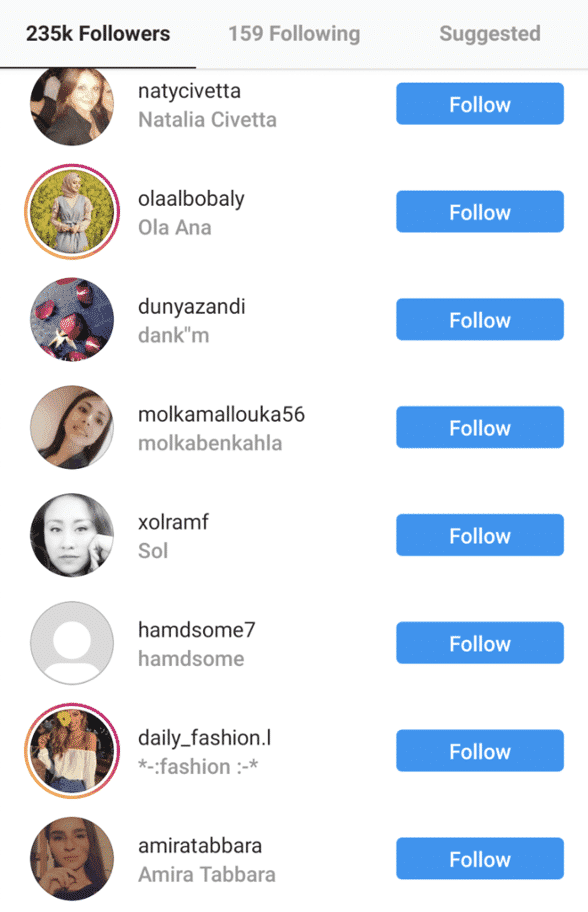
Average likes and average comments are calculated daily based on the last few posts.
The indicator of the conscientiousness of a blogger is when the growth of subscribers goes smoothly and gradually. This means that the blogger works honestly and does not buy bots (and then the bots do not massively unfollow him or be blocked by Instagram itself). nine0004
When planning to make money as a blogger, you should understand that every year it becomes easier for potential advertisers to track low-quality audiences using various programs. If cheating fans even manage to catch a newbie or an inattentive businessman now, this is a one-time success.
“You can’t build a stable income on such blogging,” comments Instagram blogger Marina Velitchenko [ @ssmart_m ] . - In addition, any cheats corrupt and relax the blogger himself. He begins to believe in his own fairy tales and works even less on the account. ”
”
“The cheats worked 3–4 years ago,” explains Elena Lissova, SMM specialist at the RACURS digital agency, to . - You know, this is such a “herd instinct”, when a person went to the profile, saw 100K subscribers and such “well, if so many are signed, then I need it too.” Now people have become more aware, they look at the quality of pictures, texts, writing style and only then click on the coveted "subscribe" button. And it doesn’t matter how many subscribers and likes it has, the main thing is that a person finds something that is interesting for him to watch, and not for some 100 thousand leftist people.” nine0004
Social networks are also evolving and changing the algorithms for issuing information, fighting fake and adapting to the explosive growth in the number of users, and most importantly, to new volumes of content. With each round of this evolution, the sanctions for cheating become more and more severe.
Why Instagram can be blocked
In addition to the basic rules, Instagram has announced an active fight against cheating since about the middle of 2018.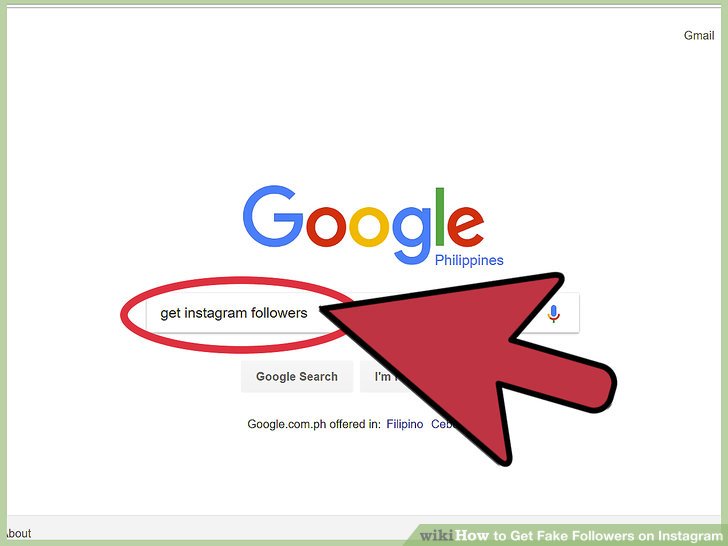 This is especially noticeable in the reaction of some "stars" who angrily scribble about the supposed bugs of Instagram, which writes off their "live" subscribers in batches. nine0004
This is especially noticeable in the reaction of some "stars" who angrily scribble about the supposed bugs of Instagram, which writes off their "live" subscribers in batches. nine0004
“Instagram removes purchased bots, restricts user actions (for example, when using mass liking, the ability to manually like is temporarily blocked), puts it in a shadow ban, which, according to Instagram developers, does not exist. It can also block an account for the systematic use of bots and mass following,” explains Nikolai Shapkin, SMM specialist and creator of the instanado.ru online course.
“Before the New Year and immediately after it, my account was blocked,” says Instagram blogger Sofya Gaeva [@sonya.seo]. - In the morning, when I opened my account on 19thousands of subscribers, I was waiting for the "good" news. I did not use forbidden or black methods - cheat bots or likes. But I will not dissemble: I used gray ones.
The gray methods of promotion on Instagram, in addition to mass following and mass liking, also include chats of mutual activity. In them, bloggers who want to advance agree to like and comment on each other's posts. This helps to bring publications to the top.
In them, bloggers who want to advance agree to like and comment on each other's posts. This helps to bring publications to the top.
“Now my account seems to be under the increased control of Instagram,” Sofya Gaeva notes. - Reach and likes have dropped significantly. Of course, there is no such information officially. But I consulted with other bloggers, and they confirmed my assumptions that there are some restrictions for the "guilty"". nine0004
Yes, cheating allows you to get a nice figure by a certain metric, for example, by the number of subscribers, but this is its only advantage. “The inflated audience will not be active and place orders,” explains Valeria Isakova, head of the SMM department at the 1PS.RU agency. - Moreover, it will negatively affect the ER indicator (engagement rate). In a word, the risk that a user takes when cheating is not justified and it is much better in all respects to use legal methods for promotion. nine0004
In addition, on Instagram, you should not buy followers because of the algorithmic feed that ranks posts depending on their reach. The system is as follows: if your post did not get enough likes and comments in the first 2 hours after publication, and if users do not show activity in relation to your profile (do not enter, do not comment, do not view photos), you will not be shown even by your " live subscribers. A cheated account will cease to perform its functions. Who will find it? Who will read and watch? Units that were given the purpose of the search. nine0004
The system is as follows: if your post did not get enough likes and comments in the first 2 hours after publication, and if users do not show activity in relation to your profile (do not enter, do not comment, do not view photos), you will not be shown even by your " live subscribers. A cheated account will cease to perform its functions. Who will find it? Who will read and watch? Units that were given the purpose of the search. nine0004
Does YouTube get banned for cheating
In December 2018, Youtube carried out a serious purge of "dead" subscribers, and many bloggers' channels "lost weight" significantly from this.
“Youtube imposes sanctions against cheating. This is a fact,” notes Elena Lissova from the RACURS digital agency. “Views, likes and comments from bots are simply not counted and written off, and if the robot detects a lot of such “activities”, then the channel gradually starts to rank worse, disappear from recommendations, and then completely from the issue. ” nine0004
” nine0004
According to Alina Vaulina, head of SMM communications at SPN Communications, after the first attempt to get views on your video, YouTube will not delete your channel: first you will be sent a warning (strike). A warning can be generated both due to the decision of the moderator, and based on an anonymous user complaint. A strike hurts the channel's reputation: video hosting will cut down the ranking of your videos and the available functionality. For example, after the first warning, you will lose the ability to broadcast live, and the restriction will apply to all channels linked to your account. nine0004
“If within three months you do not correct your behavior and continue to indulge in cheating services, YouTube will send a second strike, this time limiting the ability to post videos to the channel for two weeks,” warns Alina Vaulina.
But even after that, your account will not be blocked: to get a pardon, it is enough to be a good boy for three months and the channel's reputation will be restored.

